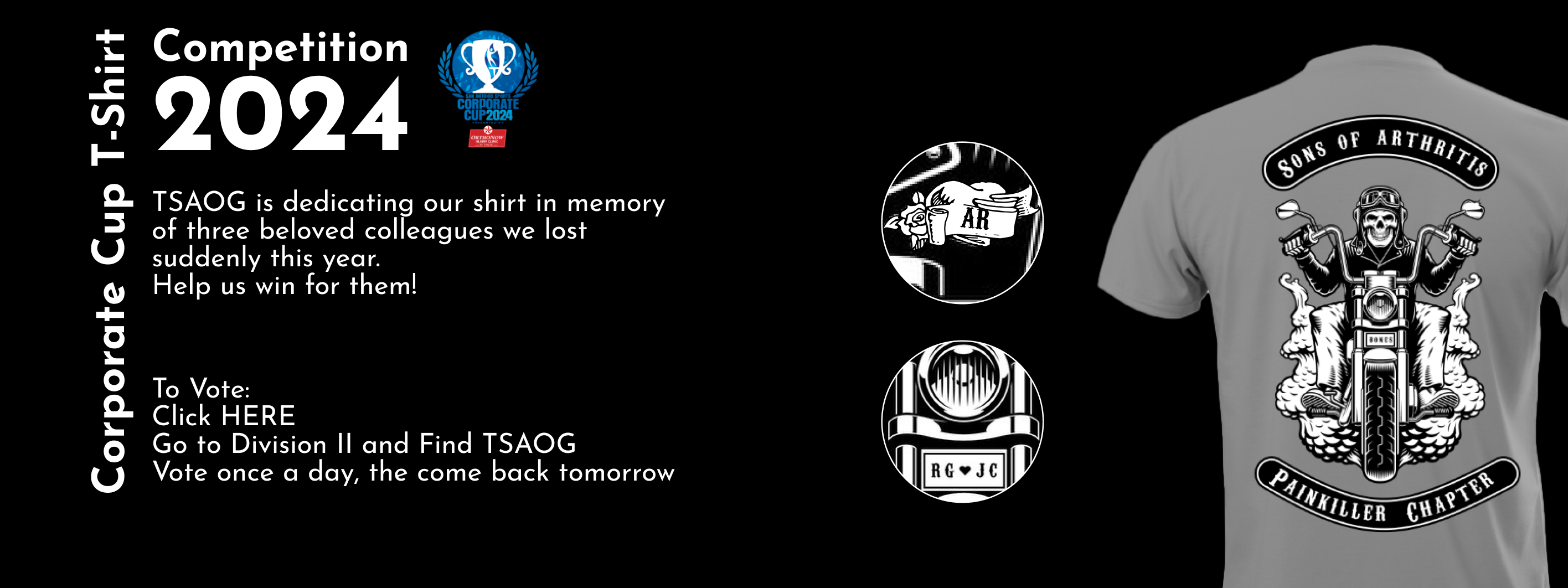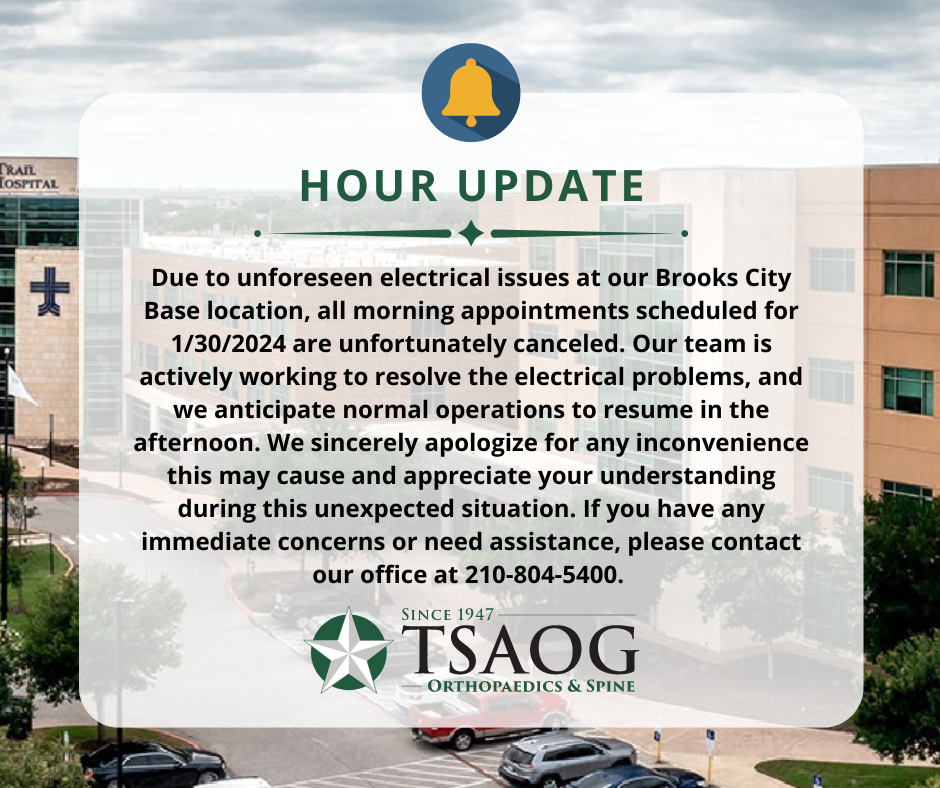Reviewed by Richard Nauert M.D.
At first, the term knee location might not sound like a big deal, but it is not to be taken lightly. Understanding knee dislocations is crucial for athletes, active individuals, and anyone seeking to maintain healthy knees. In this article, we provide an in-depth look at knee dislocations, including their causes, prevention methods, and treatment options, featuring expert advice from Dr. Richard Nauert a orthopedic surgeon and fellowship-trained sports medicine specialist at TSAOG Orthopaedics & Spine in San Antonio, TX.
What is Knee Dislocatiohttps://www.tsaog.com/about-us/who-we-are/\n?
The clinical definition of a knee dislocation is injury to three of the four major ligaments surrounding the knee. The four major ligaments are the anterior cruciate ligament (ACL), the posterior cruciate ligament (PCL), the medial collateral ligament (MCL), and the fibular collateral ligament (FCL), occasionally called the lateral collateral ligament (LCL). Of course, there are many more stabilizing structures of the knee, including the separate bundles of the individual ligaments and the structures in the postero-medial and postero-lateral corners (PLC/PMC).
What Causes Knee Dislocation?
The energy required to cause a knee dislocation is typically very high, and often there are other associated injuries. An example would be a motor vehicle accident with a direct forceful blow to the knee or a significant twisting event. They can also be present in sports such as football, speeding down the hill, and hitting a tree while skiing. An example of a knee dislocation happened during a University of South Carolina vs University of Tennessee football game when highly regarded NFL prospect Marcus Lattimore sustained a knee dislocation.
How to Prevent Knee Dislocation
- Strengthen the muscles around your knee: Focus on exercises that target your quadriceps, hamstrings, and hip abductors. Strong muscles help stabilize the knee joint and reduce the risk of dislocation.
- Improve your flexibility: Stretch regularly to maintain good leg flexibility, particularly your quadriceps, hamstrings, and calf muscles. Tight muscles can pull on the knee joint, increasing the risk of dislocation.
- Use proper technique during activities: Be mindful of your technique when participating in sports or other physical activities. Avoid sudden twisting motions or changes in direction, as these can put stress on the knee joint.
- Wear appropriate footwear: Choose shoes that fit well and provide adequate support for your feet and ankles. Doing so can help maintain proper alignment and reduce the risk of knee dislocation.
- Use protective gear: During high-risk activities like contact sports, wear protective gear such as knee pads or braces to help stabilize the knee joint and reduce the risk of injury.
- Address any existing knee problems: If you have a history of knee injuries or conditions like patellar instability, work with a specialist to develop a treatment plan that addresses these issues and lowers the risk of future dislocations.
- Avoid overtraining: Gradually increase the intensity and duration of your workouts to avoid putting too much stress on your knees. Allow adequate time for rest and recovery between training sessions.
- Practice balance and proprioception exercises: Incorporating balance and proprioception exercises into your routine can help improve your body’s ability to sense and control the position of your knee joint.
Knee Dislocation Treatment
When knee dislocation is suspected, emergent evaluation by a physician is a must. An injury to the nerves and blood vessels of the lower leg can require immediate surgical intervention.
Many of these ligament injuries are diagnosed using the clinical exam. However, x-rays are a must, and a magnetic resonance imaging (MRI) study is needed as well. The X-rays provide information regarding the status of the bone, any fractures, the position of the bones, and overall bone quality. An MRI, on the other hand, provides much greater detail regarding the soft tissue structures, such as the cartilage surfaces on the bones, the medial and lateral menisci, and the ligament and muscle conditions surrounding the knee.
At times, the MRI will show that the MCL or FCL is intact and without an abnormality, but clinically, during the exam, there is laxity to these ligaments. This is especially so in chronic cases. Stress x-rays with manual force on the knee will then give objective evidence of any increased laxity as you compare the normal side to the injured side. These techniques are needed to determine injuries to these areas of the knee.
Unfortunately, knee dislocations, the vast majority of the time, require surgical intervention. The type of reconstructive surgery required would depend on the severity and type of knee dislocation and associated knee injuries. Anatomical reconstruction would be the goal in most cases. The subtle injuries to the posterolateral corner can often be missed if a careful clinical and diagnostic workup is not performed, which would set any reconstructive surgery of other ligaments up for failure if not recognized and dealt with. These injuries can be devastating and not only end the career of an athlete, but if there are injuries to the blood vessels at the time of the injury, they can at times even lead to loss of the limb. Thus, these injuries should be taken very seriously.
Get Help From TSAOG
At TSAOG Orthopaedics & Spine, our mission is to be trusted for patient care based on our experience and traditions. Dr. Richard Nauert, a key member of our team, is an orthopedic surgeon and fellowship-trained sports medicine specialist who is dedicated to helping patients overcome knee dislocations and other orthopedic challenges. With appointments available at our Ridgewood and Quarry Area locations, Dr. Nauert and the TSAOG team are ready to put their expertise to work for you.
Don’t let a knee dislocation keep you from the activities you love – schedule an appointment with a specialist at TSAOG today.
—
References:
https://www.tsaog.com/services/sports-medicine-service/
https://www.tsaog.com/physicians/richard-nauert-md/
https://www.tsaog.com/find-physicians/?docSpec=Sports+Medicine
https://www.tsaog.com/about-us/who-we-are/
https://www.espn.com/college-football/story/_/id/8564561/marcus-lattimore-dislocated-knee-saturday-south-carolina-gamecocks-coach-steve-spurrier-says
https://tsaog.radixhealth.com/dash/self/?scct=f51f195c-b53c-4bec-b329-0b73e0b0bddd#/














